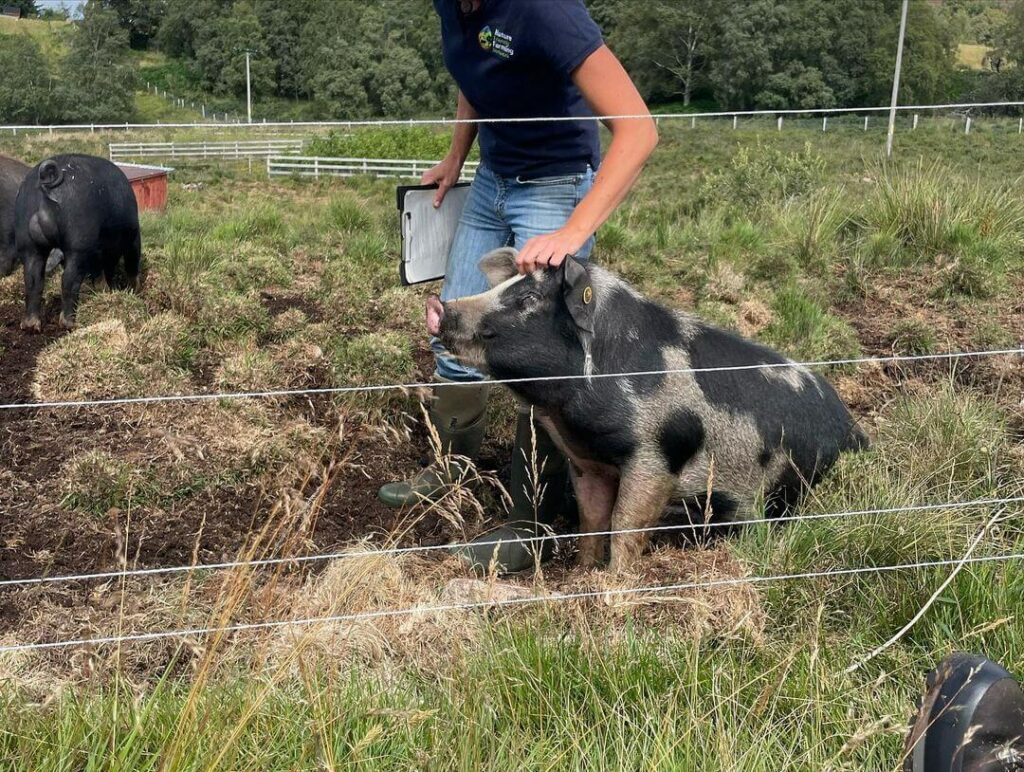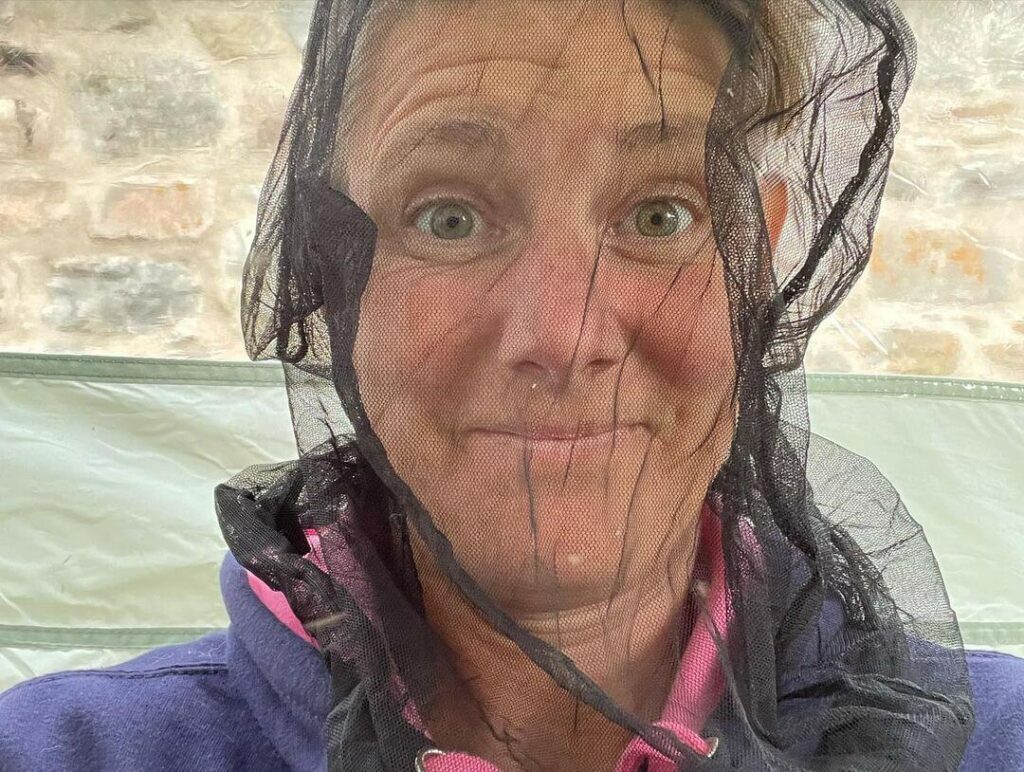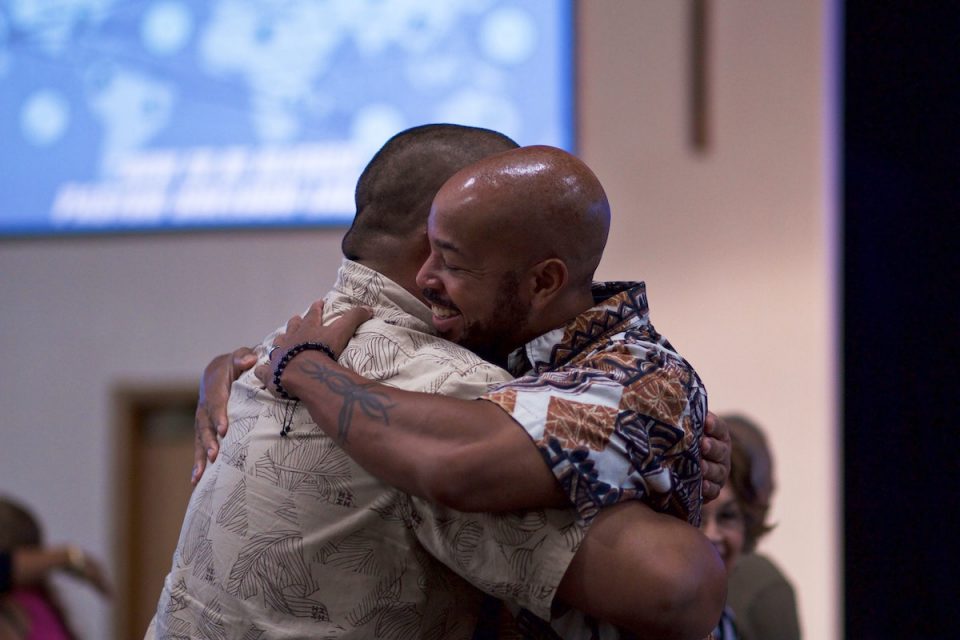Regenerative farming may seem out of context for many. Like me, you probably don’t have stewardship over land, but you do have stewardship over yourself – your mental, emotional and physical health. Are you taking care of it? Are you giving yourself enough rest?
Earlier in the summer, I was looking for a different experience, something that was broadly in my realm of interest but also new. Something to challenge my thinking and to learn from. I read the book Our Wild Farming Life by Lynn Cassells and Sandra Baer in July and was immediately drawn to their way of life and was intrigued by their approach to farming on their croft in the Cairngorms. I suspected this was going to be a good read as I strongly believe we must learn to live more symbiotically with nature. Or as farmers and founders Lynn and Sandra say “spread a positive message to help heal our broken food system and reconnect people with the land we come from.”
How to farm course
Things moved fast. Reading the book led me to their website, which resulted in me signing up for their ‘How to Farm’ course which took place in mid-August. A small group and I spent the week staying at the farm. We learnt how to work with pigs, cows, hens and bees. How to use the animals to work the land. For example using chickens to ‘feed and weed’ their way across a small patch of land. Which accelerated the growth of a hedge they’d planted to shelter the kitchen garden – ingenious. We don’t plan to farm animals, but I was fascinated to learn more about regenerative farming and working symbiotically with the land. As it turned out, there were a great many parallels between how they farm and my line of business, wellbeing.
Regenerative farming
A key part of what Lynn and Sandra do is regenerate their land using the animals in their care. Part way through the week we were walking across a field containing four pigs. You couldn’t help but notice how vibrant and diverse it was. Different species of plants were thriving, which in turn meant there was plenty of insects and invertebrate life. Much of this was due to the impact the pigs were having on the land as the result of a tactic called ‘mob grazing’. This involves portable fencing that is used to contain the pigs, so they never stay in one area for too long. It gives the land the opportunity to regenerate and replenish once the pigs are moved to another area. And so the rotation continues.

The importance of rest and recovery
Sandra was very clear about why they do this, and she put it succinctly; “the most important part of land stewardship is rest”. The land cannot regenerate unless it’s given that chance to recover. She went on to add that it isn’t over-grazing that creates a problem with soil health, but the fact it’s under-recovered. This is one of the big issues the UK is facing because of intensive commercial farming.
I literally couldn’t think of a better metaphor for the work I’ve been creating over the last decade.
I’ve been consistently saying in all my keynotes, workshops, and online content, that it isn’t over-working that’s necessarily the issue in relation to burnout, it’s under-recovery. Many of us don’t get enough rest, it can often be that simple. Like me, you probably don’t have stewardship over land, but you do have stewardship over yourself – your mental, emotional and physical health. Are you taking care of it? Are you giving yourself enough rest?
Resting the land allows it to regenerate, promotes diversity and this is a result of working the land and animals symbiotically. It’s that connection which I feel we’ve lost. All the latest public health data suggests that people are feeling increasingly tired, under-energised and many are burning out. Much like the land on many commercial farms, we’ve been overgrazing and under-recovering and now we’re really starting to see this bite.

We may not be overworked but we are almost always under recovered
What if we made more time for rest? Would we see better outcomes for our health and wellbeing? I think we would. And the beauty of this is, it doesn’t need to take up a lot of time. In fact, it can be as little as a few minutes a day. Rest isn’t taking great swathes of time off or putting your feet up with a tea/beer/G&T every night or going on a sabbatical. Short bursts of recovery, or what I call ‘slivers of recovery’, can be profoundly effective. An example might be daydreaming out of the window in between calls. It might be picking up your guitar and playing a few chords. It might be some movement, for example a movement snack or a brisk ten-minute walk. Of course, it could also be thinning out the schedule at the weekend or booking a holiday, but the real impact comes from short, brief periods of rest done daily and consistently. Just like the regenerative farming approach. This is good health stewardship, an approach that combines work and periods of intensity with rest (and therefore recovery).
Prioritising recovery
Prioritising time for recovery means we can regenerate; we can build up our energy, refresh our minds and rest our nervous system. Adding in new experiences, such as I did this summer, creates more diversity in our lives. I believe this builds resilience. It keeps us out of the ‘velvet rut’ that many of us find ourselves in (it might feel comfortable but it’s still a rut). Looking for ways to connect – with ourselves through new experiences. With others, with nature, meaningful work, purpose and values – means we live more symbiotically together. At a time where there is so much divisiveness, this surely needs to be a priority for everyone.

A regenerative approach to wellbeing
As the primary steward of your wellbeing, are you creating little chances for slivers of recovery? Ass well as bigger stretches of time for deep rest? Start very small. Allocate 2 mins a day for something you find restful and set an alarm or create a visual reminder. Small sustainable changes done consistently have a big impact over time.
What will yours be?


